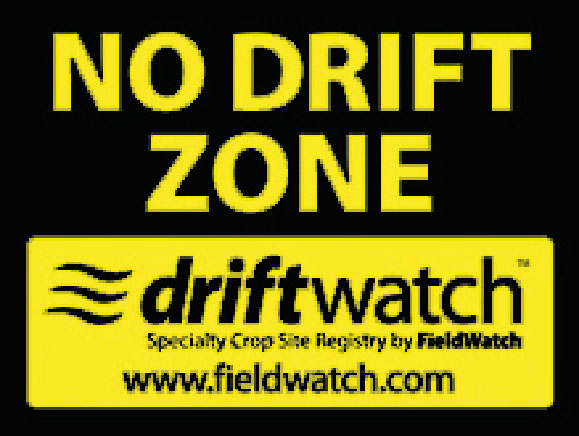When Smoke Gets in Their Eyes!
Every spring beginning in April my phone begins to ring with requests from applicators and from landowners both to help them evaluate impacts from herbicide drift on offsite trees and shrubs. In most cases everyone involved are not happy people. I want to share with you some of my first hand consulting experiences as examples of offsite damages and situations. Second, will provide some tips you might consider doing before work begins this spring to reduce the opportunity of offsite damages and suggestions to help minimize exposure risks.
Impacts to trees and shrubs from exposure to 2,4-D and or dicamba is a situation I run across. Some common symptoms I see are:
• Young seedlings or stressed trees are particularly vulnerable and die off.
• Larger established trees are rarely killed.
• Aborts fruit and nut set.
• New bud set and maturation is interrupted. This can carry over into the next year depending on timing.
• Shortens internodal growth.
• Reduces aesthetic values.
• Contributes to, or accelerates, decline of already stressed trees.
• Reduces annual growth of timber trees?
The value of these impacts depends on which side of the fence you are sitting on! Words like fairness, retribution, payback, penalties, apologies, be realistic, and more begin to be bantered about. Most of my calls are related to situations where 2,4-D or dicamba has volatilized (changed from a liquid to a gas) and has moved off site. You can visualize a volatilized herbicide like “Second Hand Smoke!” Volatilized herbicides are:
• Easily Moved By Wind in many directions
• Trapped by inversions (calm winds, Hazy skies, Very red sunsets)
• Follows air drainage patterns
• Can be deflected/directed by obstacles (buffer strips, windbreaks, closed ventilation systems)
Like second hand smoke, many people just do not like the smell or exposure to it. They react! New products on the horizon will mean a more widespread use of dicamba and 2,4-D products further into the growing season. They may mean greater impacts to non-target trees and shrubs and shortened recovery time as well.
There are several things you can do this growing season and future seasons. Like many problems, a little prevention now can save a lot of heartache later. Be proactive and meet with neighbors and discuss what you are doing to minimize exposure risks. Identify high risk crops nearby. Drfitwatch.org is an online registry tool to help pesticide applicators and specialty crop growers communicate more effectively to help prevent and manage drift effects. You can also invest in an anemometer for your spray rig so you can measure wind speed. Plan and install warm season grass buffers adjacent to woodlands and other high risk crops nearby. Lastly, quit smoking and consider other less volatile pest management products.
Mike Warner is a Certified Forester, ACF. He is also the president of ArborTerra Consulting Inc. based in Lizton, Indiana.
Editor’s note: This was originally published in the 2015 Woodland Steward newsletter and is reprinted with permission. Dicamba use has increased over the last few years, along with it the risk of drift has increased as well.
Indiana Office of State Chemist announces 2021 Dicamba Restriction
The OISC is the pesticide regulatory agency for Indiana. In 2020, the OISC added an additional label restriction for users of Dicamba that prohibited application after June 20, 2020. This change was due to the rising number of off-target complaints in the previous three seasons. On March 2, 2021, the Indiana Pesticide Review Board voted unanimously to classify all Restricted Use Pesticides containing more than 6.5% dicamba as Highly Volatile Herbicides (HVH). This HVH determination was made to allow for the establishment of a June 20th application cutoff date in Indiana again in 2021. As usual, the use of HVHs must comply with any application timing restrictions listed on the label of the product being used. In addition, HVHs may not be applied during the period June 21st through August 31st. Application of an HVH during that no-spray period is not covered by the terms of the general permit and will constitute a violation of IC 15-16-4-59(5).
For more information, visit the OISC Dicamba Herbicde Updates page online at https://www.oisc.purdue.edu/pesticide/dicamba.html.
